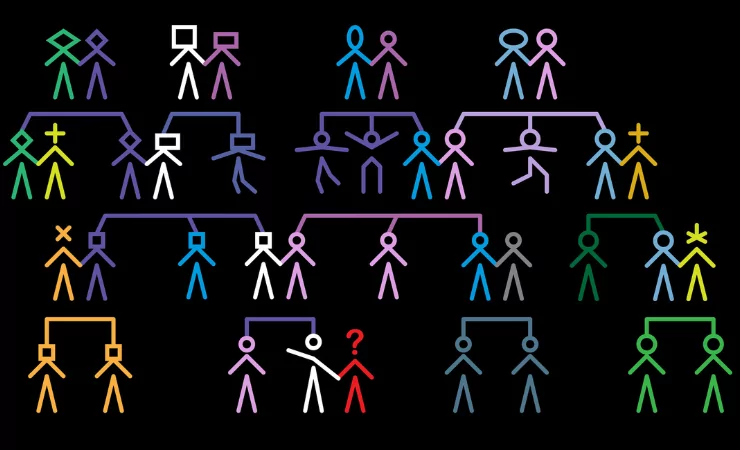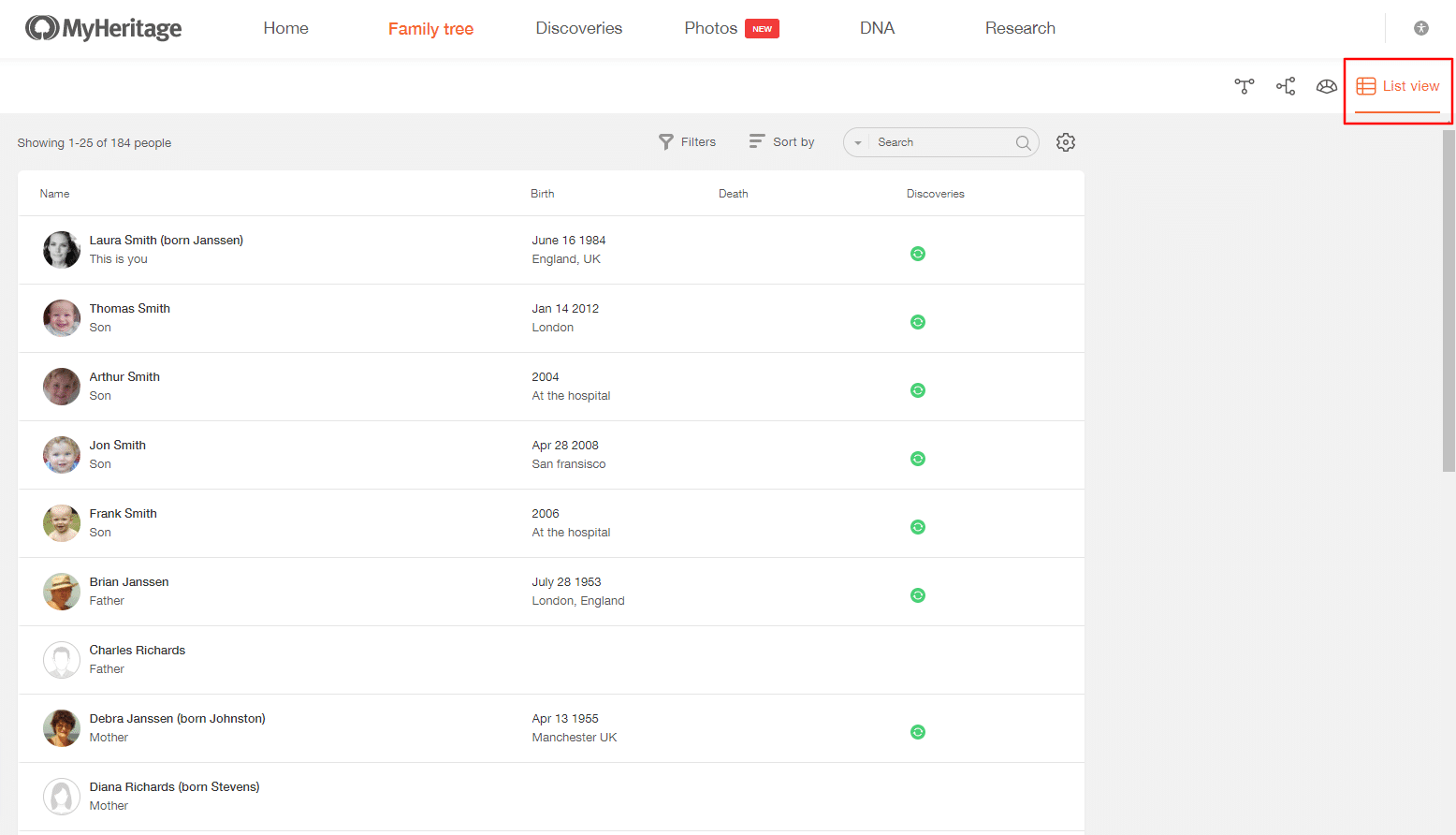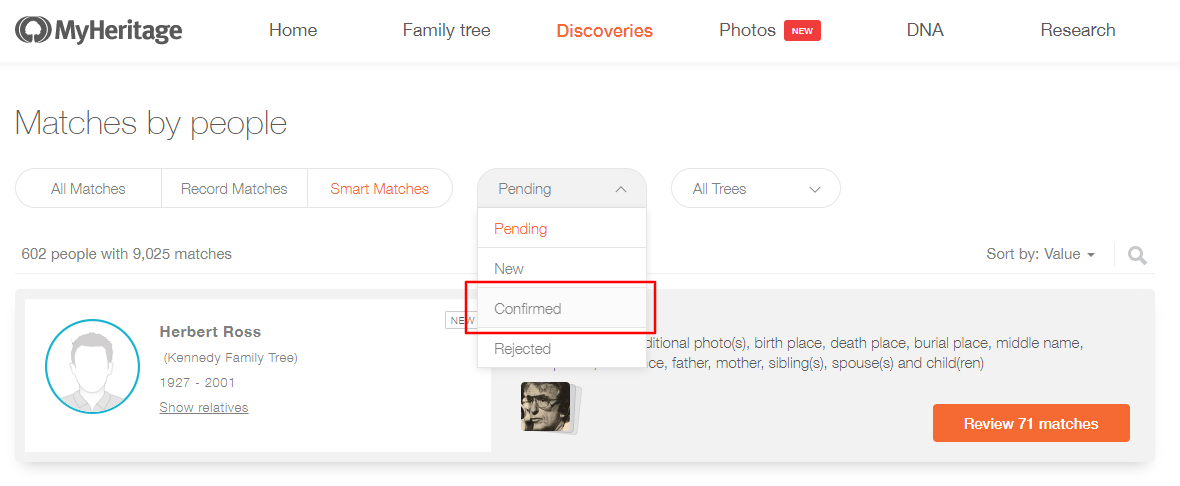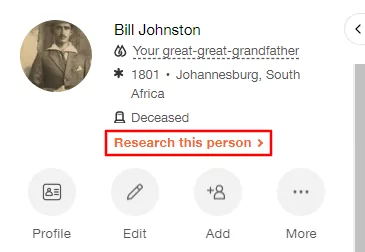
Building a family tree can be a fascinating and rewarding process, allowing you to connect with your heritage and uncover the story of your family’s history. However, despite your best intentions, there are many common pitfalls that can harm the quality of your family tree.
In this article, we’ll explore 8 things that could be harming the accuracy and reliability of your genealogy research, and provide practical tips and advice on how to avoid these problems and improve the quality of your family tree. Whether you’re a seasoned researcher or just starting out, read on to discover how you can build a family tree that is accurate, meaningful, and enduring.
1. Duplicates
There are a few reasons why you might end up with duplicates in your family tree. You might have accidentally entered the same information and created duplicate entries. Or maybe you used different formats for names or dates or entered information from multiple sources, and ended up entering the same information twice.
However they got there, duplicates can create confusion and complicate the research process. In the case of duplicate profiles, they may even result in the loss of information, because you may add important details to one profile and not the other.
To avoid duplicates and maintain the accuracy of your family tree, it’s important to regularly review and update your research, and use a standardized format for data entry.
The best way to detect duplicate profiles in your family tree on MyHeritage is to review your tree in List view.

This view lists all the profiles in your tree by name, so you will easily be able to see when one person is listed twice. I recommend using the option to sort by last name: this makes it easier to detect duplicates. Be sure to check the duplicate profile thoroughly before you delete it and make sure any information it contains that wasn’t added to the original profile is copied over.
2. Reviewing a good match only once
Got a high-quality Smart Match™? Fantastic! You confirmed the match and added any new details it contained to your own tree, and moved on to the next discovery.
But you shouldn’t stop there!
You never know what you might find on second review — not just because you might have missed something the first time, but because the person whose tree you matched with may have added more information to that profile since the last time you looked. It’s always a good idea to go back and re-review confirmed Smart Matches™ every now and then.
So how do you rereview your confirmed Smart Matches™?
Go to “Matches by people” under the Discoveries tab in the navigation bar and select the “Smart Matches” tab at the top of the page. Then, open the status menu that shows “Pending” by default, and select “Confirmed.” This will bring up a list of all the Smart Matches™ you’ve already confirmed, and you can review them to see if any new information has been added since you confirmed them.

3. Not visiting other users’ family sites for notes and bios
You may be satisfied with adding the new information from a Smart Match™ to the corresponding profile on your family tree, and think that there’s no reason to visit the tree owner’s family site. However, there is an excellent reason: they may have added notes or bios to that person’s profile, and those don’t get automatically copied over when you confirm a Smart Match™. These notes might contain critical information about the relative in question or about the tree owner’s research on this person that you won’t find in the name, date, and place fields.
I always recommend requesting membership to the site of a tree owner with Smart Matches™ that you’ve found helpful. When reviewing the match, hover over the name of the family site and click “Join site” to request membership.
4. Focusing too much on one side of the family
If your goal is only to research one branch of the family, that’s fine. However, focusing on only one side of the family may prevent you from seeing the larger picture and cause you to miss crucial details about the family members you’re researching.
For example, perhaps you’re searching for an ancestor and having trouble finding her in the census of a given year because her name was misspelled in the record. Perhaps that ancestor was living with a cousin or a son-in-law at the time of the census, and is therefore listed under that person’s household. Having the name of the cousin or son-in-law could be the key to finding that record.
Furthermore, ignoring certain branches of the family narrows your chances of finding other family members who may have information you don’t have. There may be a second or third cousin who has crucial information on the great-great-grandparents you have in common. Building out the branches of your family tree spreads a wider net and gives you more potential sources of information.
5. Availability heuristic and availability cascade
The availability heuristic means basing your decisions on whatever information is readily accessible to you rather than on a comprehensive analysis of all the available evidence. An availability cascade is a process where the more you encounter a certain belief, the more you believe it — even if it is not supported by solid evidence.
If, for example, if you rely only on the most easily accessible information — such as family stories or legends passed down through generations — you might be tempted to overlook important historical records or documents that could provide more accurate information. Furthermore, if you come across a commonly repeated belief about a certain ancestor, you may be more likely to accept this belief without thoroughly researching it. This can lead you to include incorrect information in the family tree, potentially damaging its accuracy and reliability.
Here are some ways to avoid mistakes due to the availability heuristic and availability cascades:
- Use multiple sources of information: Always seek multiple sources for information you add to your tree and compare them to see if they support or contradict each other.
- Use primary sources whenever possible: Original records such as census records, birth and death certificates, and immigration records are often (but not always) more accurate than secondary sources, like someone else’s family tree or a published family history book.
- Keep an open mind: Try to avoid preconceived notions or beliefs about your ancestors and be open to new information and perspectives, even if they are not consistent with what you think you know.
6. Automation bias
MyHeritage’s tools and features make it so easy to build your tree quickly, and it can be tempting to let the platform do all the work for you. However, confirming matches and Instant Discoveries™ indiscriminately can introduce many errors, inaccuracies, and inconsistencies into your tree. Always review matches carefully and think critically about information you’re adding before you add it.
Sometimes, single profiles on the tree can generate tens and hundreds of Smart Matches™ and will therefore take up more of your time and attention — distracting you from the people in the tree with fewer matches but who are more relevant to your research goals. I recommend turning off matches for specific people or even ignoring specific trees when you find that you’re getting too distracted by them.
You can ignore a person by clicking “More actions” on the top right corner when reviewing a match:

To ignore a certain tree, go to Discoveries>Matches by source and select the tree you wish to ignore. Click “More actions” on the upper right corner and select “Ignore this tree.”
Another good tip for beating automation bias is using the “Research this person” option in the person’s profile panel:

Clicking this runs a historical record search using the person’s details. This is a way to find information you haven’t received yet via a Smart Match™ or Record Match.
7. Lack of boundaries around your research
While it may be tempting to run after every shiny object you come across in your research, it’s important to stay disciplined and focused on your goals. Genealogy is a gift that never stops giving, and while getting sidetracked can sometimes result in a glorious unrelated discovery, often you’ll find that it just wastes your time and contributes to a sense of burnout.
Furthermore, a lack of boundaries might lead you to rely on lower-quality sources, which can lead to incorrect or incomplete information in your tree, or result in the creation of duplicates, as mentioned above.
Boundaries help clarify your goals and priorities and provide a framework for making informed and strategic decisions about the research process. I strongly recommend defining goals and objectives for your research before you start out. For example, identifying DNA matches from your maternal grandmother’s side, or expanding your tree on a specific great-great-grandmother’s side. Staying focused on those goals will help you achieve more and avoid being too scattered with your research.
8. Inconsistency
As mentioned above, being inconsistent about how you add information can lead to confusion and errors. One classic example would be switching around the order of last and first names, or using a woman’s married name instead of her maiden name sometimes.
In many cases, there’s no one right way to enter information — but it’s important to choose a method and stick to it to avoid problems down the line.
Watching out for the pitfalls outlined above will help you avoid errors and mistakes and keep your family tree as accurate as possible.
For more information on keeping your family tree error-free, see this article: Preventing Mistakes: How to Safeguard Your Family Tree Against Errors.






